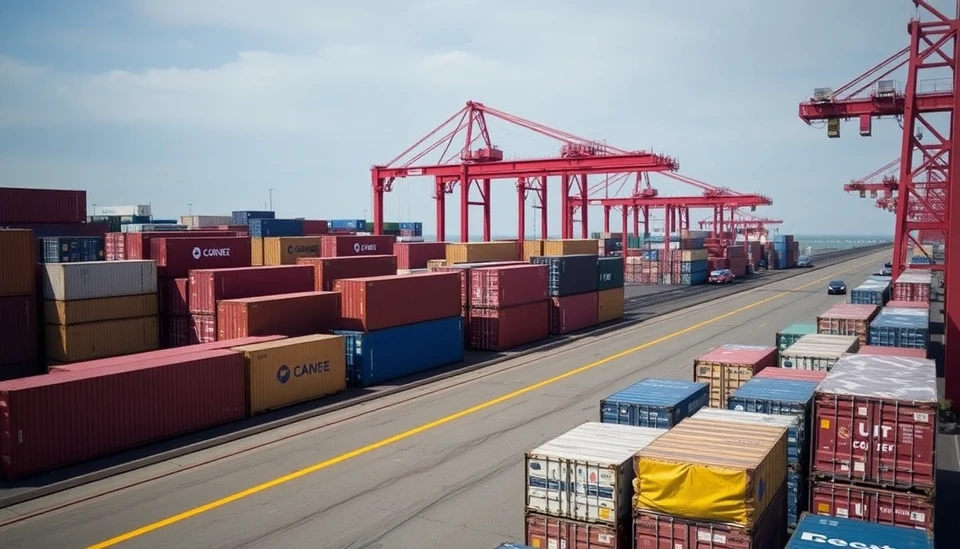
The latest report from the Commerce Department reveals a staggering increase in the U.S. merchandise trade deficit, which has reached a record level. Specifically, the trade gap widened to an unprecedented $99 billion in December, primarily driven by a pronounced rise in imports. This significant shift marks one of the most critical economic indicators for the country, raising eyebrows across various sectors of the economy.
This rise in the trade deficit signals that American consumers are continuing to demand a greater variety of foreign goods, despite ongoing supply chain challenges and inflation pressures. The data suggests that imports surged by more than 5% last month, outpacing any growth in exports. The increase in consumer goods being imported reflects an ongoing trend where American households are favoring international products, leading to a negative effect on the trade balance.
The expansion of the trade gap comes at a critical juncture for the U.S. economy as policymakers are aiming for a sustainable recovery from the pandemic's effects. The recent spike in deficits can be linked to various factors, including strong consumer purchasing power and the reopening of global supply chains that allow foreign goods to flood the American market more readily than in previous months.
In addition to general merchandise, the report also shed light on the surging prices of essential items such as energy products. Despite the rising import costs, analysts warn that increasing dependence on foreign goods could pose future risks to the domestic economy, affecting local manufacturing jobs and potentially leading to slower economic growth down the line.
As the trade deficit widens, the complexity of geopolitical relations, trade agreements, and local industry cultivation come to the forefront of discussions. The implications of this trade imbalance are extensive, sparking debates over the sustainability of current economic policies and their long-term impact on American workers and consumers.
In conclusion, the widening trade deficit is not merely a statistical anomaly; it reflects deep-seated consumer habits, supply chain dynamics, and global market dependencies. Analysts will need to keep a close eye on these trends as they evolve, considering the potential long-term ramifications for the U.S. economy and its position in the global market.
#TradeDeficit #USEconomy #Imports #Exports #ConsumerGoods #GlobalTrade #EconomicPolicy
Author: Daniel Foster




